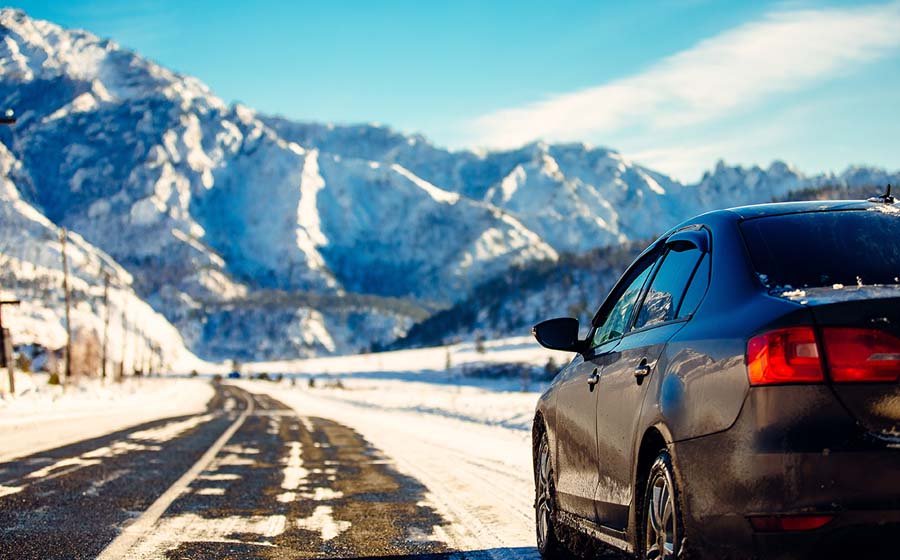Driving in the mountains can be an amazing experience that provides awe-inspiring views, but it also comes with a number of risks. From winding roads to steep inclines and declines, mountain driving presents a unique set of challenges that can be difficult to navigate. To stay safe while driving in the mountains, here are five common mistakes you’ll want to avoid.
Table of Contents
Misjudging the Road Conditions
The weather conditions in mountain roads can change rapidly and without warning, so it’s important to be aware of your surroundings at all times. Before heading out on any road trip, make sure you check for potential weather closures or hazards along your route. If you’re already on the road, pay attention to any signs alerting drivers about possible changes in weather conditions ahead. As you probably know, higher elevations are more likely to experience lower temperatures which means higher likelihood of snow or ice on the road. A little extra preparation can go a long way towards ensuring safer travels.
Not Being Prepared for Unexpected Hazards
When it comes to mountain driving, the unexpected is always just around the corner. From rockslides and wildlife crossings to fallen trees and landslides, having a plan for potential hazards can help make sure you stay safe if anything arises during your journey. Make sure you have a full tank of gas before leaving—especially if you’ll be traveling through remote areas—and don’t forget extra blankets, water bottles and snacks just in case!
Speeding
Given their narrow curves and steep inclines and declines, mountain roads require extra caution when driving–especially when it comes to speed limits. Speeding not only puts yourself at risk; it puts other people on the road in danger as well. Make sure you adhere strictly to posted speed limits when driving through mountainous terrain and give yourself plenty of time (and space) when navigating tight turns or switchbacks. That way everyone stays safe!
Overestimating Your Vehicle’s Capabilities
It’s important to remember that not every vehicle is equipped for all types of terrain–especially mountainous terrain. Take stock of your car’s capabilities before taking off on any long drives through hilly or mountainous regions; if your car isn’t up for the challenge then look into renting one that is or take public transportation instead! Taking care of yourself (and your vehicle) should always come first above all else–no matter where your destination may be!
Wildlife
We humans share planet earth with an array of beautiful creatures. You’ll want to be careful and make sure to keep a look out for these critters as you drive. Not only can they be hurt but larger animals like Deer can cause damage to your own vehicle. So drive safely and make sure you’ve got the right coverage for your vehicle in case an accident occurs.
Mountain driving requires special attention – from being aware of changing conditions to preparing for unexpected hazards – but with some additional preparation anyone can safely traverse these breathtaking destinations with ease! If you follow the steps discussed in this article then you’ll set yourself up for some quality with Mother Nature on your next trip.
